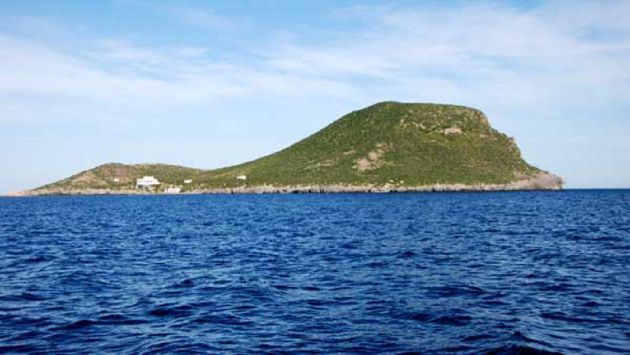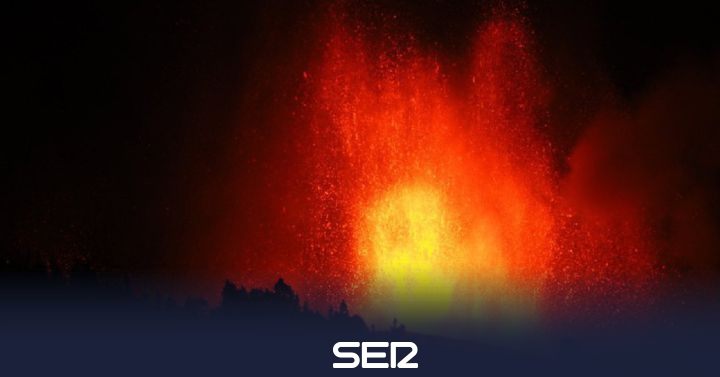With the eyes fixed on the eruption of the island of La Palma, in the Canary Islands, it is worth remembering that the soil of the Region of Murcia has also been marked by the volcanic activity that lived millions of years ago. But don’t panic: the last eruption in our territory took place 1,600,000 years ago, and the first on record is dated 230 million years ago.
This is what Francisco Guillén Mondéjar, professor of the UMU Research Group in Volcanic Geology, told us in ‘Hoy por Hoy’. “The volcanic outcrops in the Region of Murcia are one of exceptional beauty and some should already be a natural monument, such as Monagrillo, in Moratalla,” says this geologist.
Iframe code has been copied to clipboard
–
–
The largest volcano is found in the hamlet of Barqueros, in Murcia, but it also points out that “all the islands that are in the Mar Menor are of volcanic origin. It is an example that there have been many volcanoes in the Region of Murcia.”
– The Barqueros volcano (Murcia) was the largest in the Region / Wikipedia
Isla Grosa, in the Mar Menor, where all these formations are of volcanic origin / ANSE Foundation

–
He also says that in the Region we can boast of the materials found in these outcrops: “In the Region of Murcia there is a unique magma in the world. It arose seven million years ago. They are ultra-potassium rocks”, and also adds that this has given rise to some unique rocks that have received the name of the municipality where they were found for the first time, for example, the fortunites and the jumillitas.
–
–


